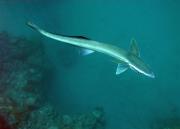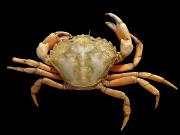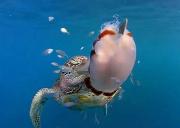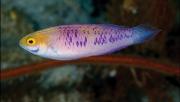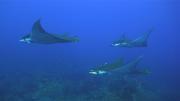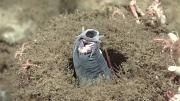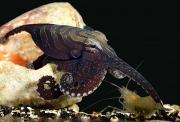Articles
The Marine Science Institute's monthly column, Science and the SeaTM, is an informative and entertaining article that explains many interesting features of the marine environment and the creatures that live there. Science and the SeaTM articles appear monthly in one of Texas' most widely read fishing magazines, Texas Saltwater Fishing, the Port Aransas South Jetty newspaper, the Flour Bluff News, and the Island Moon newspaper. Our article archive is available also on our website.
Most people think of great white sharks as the top predator of the sea, and they are among the largest, most ferocious sharks swimming around. But even white sharks fear another predator—possibly a surprising one. Orcas, commonly called killer whales, may seem friendly when performing tricks at some amusement parks, but just their arrival is enough to send white sharks packing.
It’s the question every parent fears: Who is your favorite child? In the case of Magellanic penguins—if their chicks could ask—the answer is the most egalitarian: both of them! Many animals with multiple offspring make tough choices about distributing resources to their brood. Many runts don’t survive because they can’t compete or because their parent must favor those offspring that are most likely to survive and thrive.
Descending several hundred feet toward the twilight zone of the ocean, there’s usually too little light to perceive any colors. Many creatures are visible primarily because of their bioluminescence – the dim, glowing light they produce. But one hardy little fish living on deep reefs in the Indian Ocean has defied the odds.
Devil rays, and their cousins manta rays, are known for putting on spectacular acrobatic shows, jumping and twisting in the air. They grow up to 13 feet across and typically live offshore throughout the world at latitudes where the surface waters are warm. But scientists have learned that devil rays don’t always stay in the warm shallow waters. Besides leaping toward the sky, these rays also regularly descend very deep into the ocean.
After just an hour or so without oxygen, your heart develops permanent damage. Shortly afterward, it stops beating entirely. Not so with the resilient hagfish, a slimy eel-like creature that feeds on dead marine animals that fall to the ocean floor. In fact, the hagfish’s heart continues beating and supporting normal activity for up 36 hours without any oxygen at all. What scientists haven’t understood is how or why.
Most octopus species hunt by probing holes or lunging at prey with all eight arms. But the larger Pacific striped octopus is not like most octopuses. This large species is more subtle—and sly. When it spots prey, the octopus shrinks itself and sneaks up to its mark. Then the cephalopod simply reaches out and… well actually, it gently taps its prey. The prey is so startled that it jumps into the octopus’s waiting arms, or the octopus uses the moment to grab dinner.

